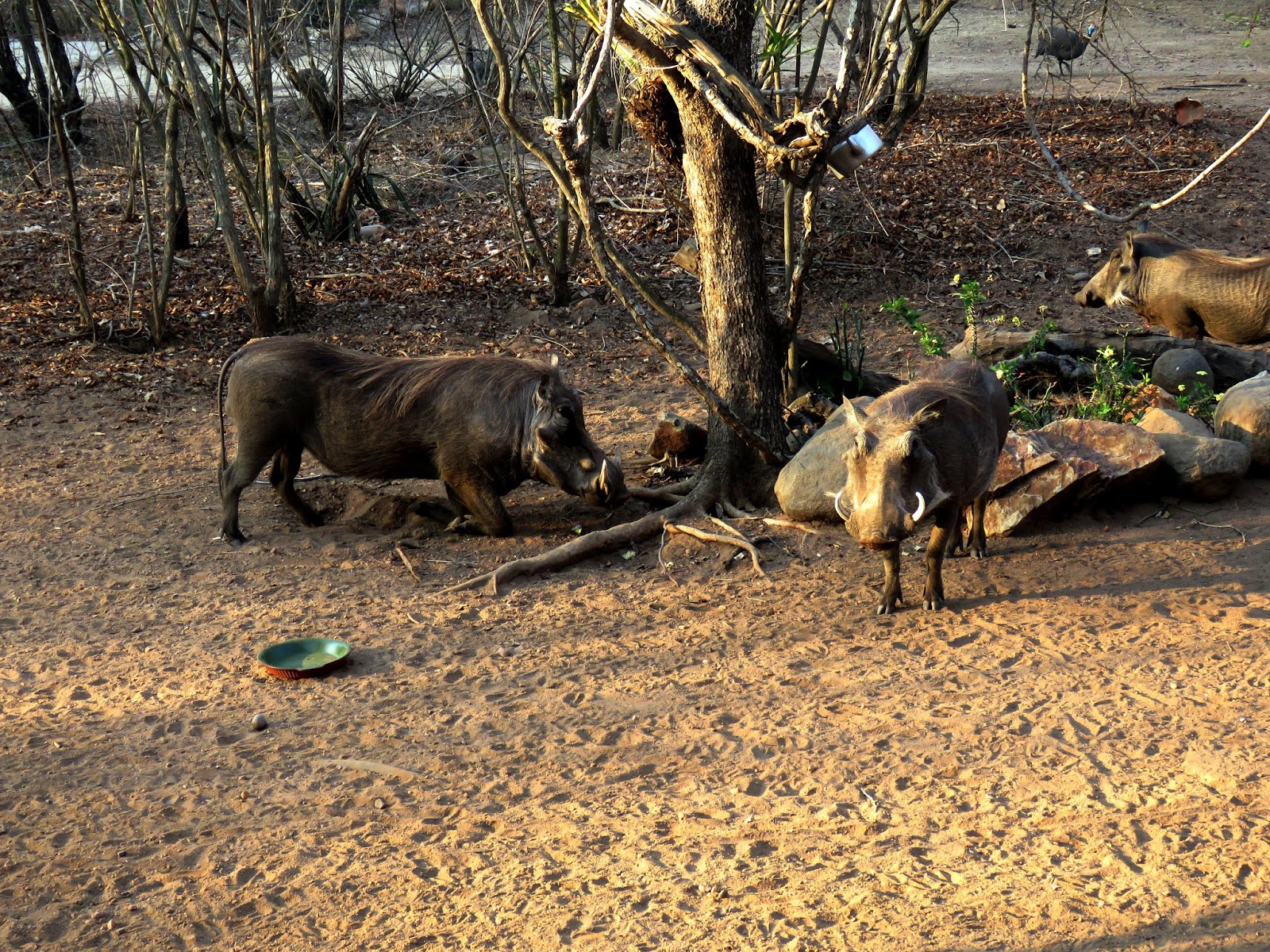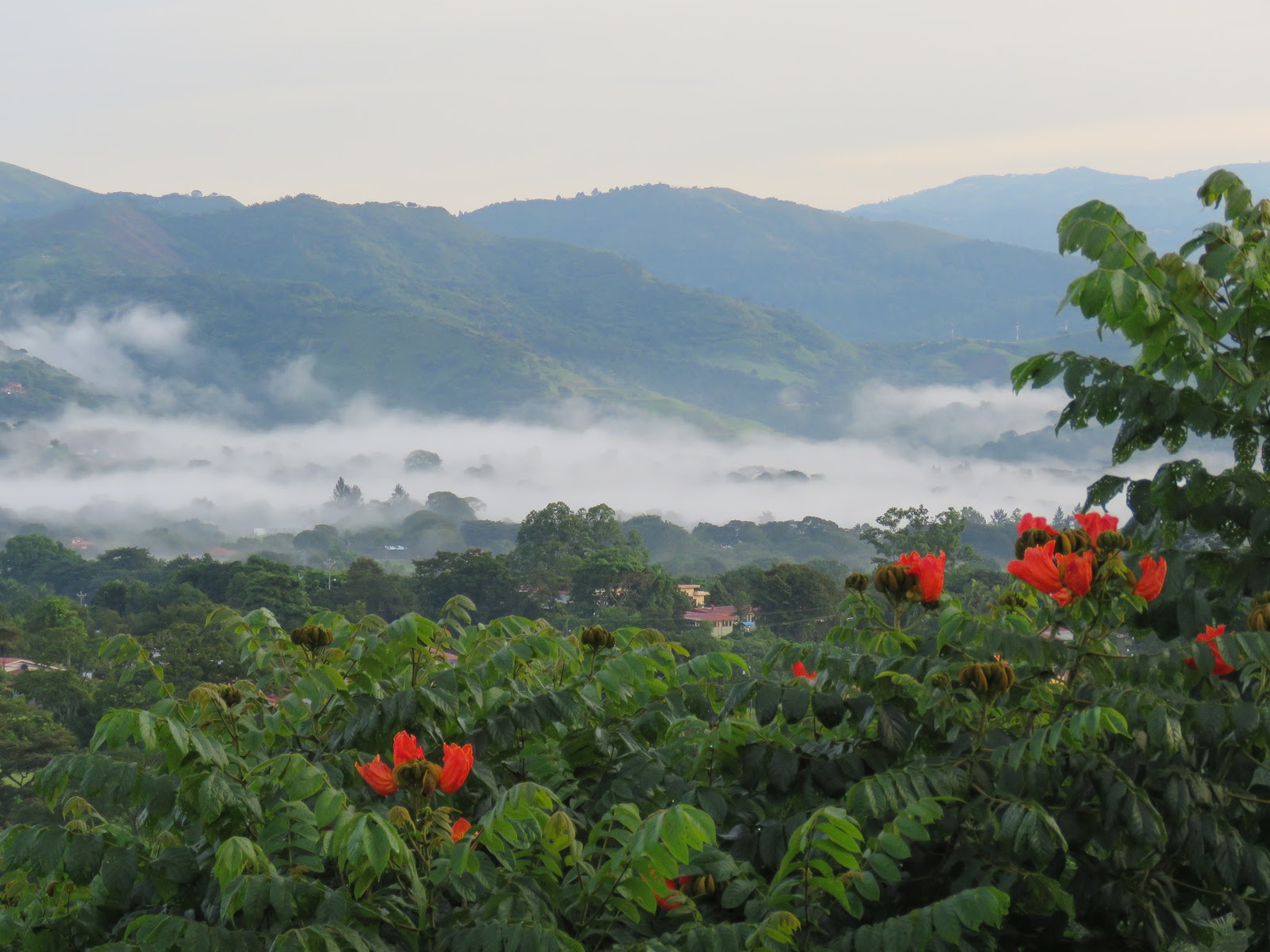Note: To all of our readers visiting our site via a smartphone, please click the “View web version” tab under the word “Home” at the bottom of the page to access the web version enabling you to access all of our archives on the right side of the page. We’ll be updating our site in a few months, making these extra steps unnecessary. Thank you.
 |
| We met up with old friends Linda and Ken from South Africa in Sydney, Australia, on March 16, 2017. It was a perfect day among friends! We had a great lunch and an early happy hour with them that day! Once we get to South Africa, we’ll hopefully see them again along with our mutual friends, Kathy and Don, and many others. Here’s the link for today’s photos. |
The photos from Kauai, Hawaii, from five years ago today weren’t suitable for today’s post. Instead, we found a few favorite photos from the time we spent in Australia in 2017. That particular post may be found here.
Again, seeing these photos brought back many beautiful memories of the long period we spent in the South Pacific, which proved to be a total of two years, traveling in and out of Australia due to 90-day visa restrictions.
 |
| Our friend, Mr. Magpie, who’d visited us inside the house. |
During those two years in the South Pacific, we embarked on eight cruises, which included one back-to-back cruise that circumvented the entire continent of Australia. What a stunning adventure!
Now, we wonder if we’ll ever cruise again. Will it be safe to cruise when already they have been referred to as a petri dish (I wouldn’t say I like that description, but it says it all)? It was no wonder, even then, that we became ill on many cruises, usually with a virus which often included an awful cough, lasting for weeks.
 |
| Hand-feeding Kookaburras in the garden. They are carnivores, so I fed them raw, grass-fed ground beef. |
The thought of exposing oneself to such illnesses and the recurrence of COVID-19 makes sailing on a cruise very unappealing at this time. Wearing a face mask while cruising would eliminate all the fun for us and others when socializing and dining is often the most significant highlight and a huge source of pleasure.
Speaking of cruises, we’re still waiting for the refund from Viking Cruise Line for their cancellation of the cruise, on which we were supposed to sail on April 3rd from Mumbai.
 |
| The scene is in Manly near the ferry. |
Viking contacted us via email on March 12th that the cruise was being canceled due to COVID-19, and we’d have our full payment back within 21 business days. This would have resulted in our receiving the refund of almost INR 1529001, US $20,000, on our credit card on or about April 10, 2020.
 |
| A Cockatoo visitor in the garden. |
This is infuriating. It’s a huge amount of money we could undoubtedly use now, living in a hotel and dining in a restaurant. Our biggest fear is that in the next two months, Viking will go bankrupt, and we’ll lose the money. We’re on pins and needles over this.
Besides this, when Kenya Airways refused to allow us to board our flight to South Africa on March 20th, the day South Africa started refusing international travelers, we tried to get a refund for this flight which was INR 63424, US $830 (for two).
 |
| Giant surf at Manly Beach on a gorgeous day. |
In researching the Kenya Airways website, there was a statement explaining that no refunds would be provided for canceled flights or refusing to allow certain foreigners to travel.
Each day I’ve continued to watch their site, and yesterday a form appeared online, enabling us to apply for a credit that can only be used as a credit within 12 months of the original flight date. The 12 months could easily pass by the time we hear something. We’ll see how that goes.
 |
| Luna Park in Sydney Harbour at night, taken from the Manly Ferry. |
This is no doubt worrisome. We hadn’t written about it since we thought the refund would be coming by April 10th from Viking and that we’d lost the money from Kenya Airways.
COVID-19 has an impact on all of us, in one way or another. Certainly, we are incredibly grateful for a roof over our heads and meals and especially for having air conditioning as the temperature rises each day as summer approaches in India.
 |
| The Sydney Opera House at night, taken from the Manly Ferry. |
Today, on the news, there was a story about South Africa Airways going out of business. This will result in more incredible difficulty and higher fares to fly to South Africa when other carriers pick up the slack. Also, they were the primary airline that flew into the tiny airport in Mpumalanga/Nelspruit/Kruger, which brought us closer to Marloth Park.
Subsequently, we may have to drive for five hours from Johannesburg to Marloth Park in the future. Here again, we’ll play it by ear.
 |
| Beautiful sky at sunset, taken from our veranda. |
You may ask, “Why deal with all these hassles? Why not return to the US, rent or buy a condo and settle down for our remaining years?”
To us, it’s no different than us asking you to leave your home for good and do what we do. We each have our own chosen path, and ours, my dear readers, is to continue on our way for as long as we can. We aren’t bored. We are tired of it. But we are anxious to get back to it!
As some restrictions loosen, please continue to stay safe.
Photo from one year ago today, April 20, 2019:
 |
| Mongooses on the veranda looking for eggs. For more photos, please click here. |







































































































